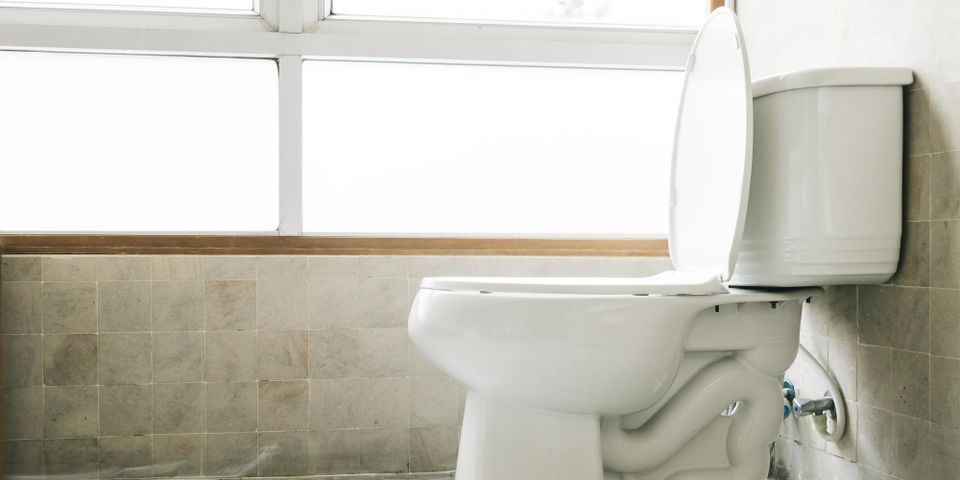
A running toilet might seem like a minor residential plumbing issue because there’s only a small amount of water leaking. However, the waste adds up throughout the day, leading to a significant increase in your utility bills. Learn how to recognize a running toilet and explore solutions so you can resolve the issue and reduce water waste.
Costs & Consequences of a Running Toilet
Toilets account for 30% of home water use when they’re functioning correctly, which is why it’s crucial to schedule a residential plumbing inspection if yours is broken. Running toilets can waste up to 200 gallons of water a day, leading to a dramatic increase in your utility bill.
Causes of a Running Toilet
 A running toilet is often the result of a flapper not entirely covering the spill pipe in your toilet’s tank, causing water to try to fill it up. The flapper might be obstructed, a connecting chain could be broken or too short, or the stopping system could be faulty. Fortunately, all of these are cheap, easy fixes that a plumber can handle.
A running toilet is often the result of a flapper not entirely covering the spill pipe in your toilet’s tank, causing water to try to fill it up. The flapper might be obstructed, a connecting chain could be broken or too short, or the stopping system could be faulty. Fortunately, all of these are cheap, easy fixes that a plumber can handle.
The floater that detects when the tank is full may also be damaged; it’s likewise easy to replace. In other cases, the toilet may be broken, which is a common issue in older homes. Hire a residential plumbing professional to diagnose the situation and provide repairs or new installation as needed.
If you’re dealing with a running toilet, bring in the professionals from Plumbing Strategies. They offer a combined 50 years of experience as well as affordable plumbing repairs and solutions to Kailua-Kona, HI, customers. In addition to specializing in condominiums, they also assist with commercial and residential plumbing needs. Visit their website for a full breakdown of their services, and call (808) 325-2502 to request a free quote.
About the Business
(3 reviews)
Have a question? Ask the experts!
Send your question

